Forums
- Forums
- Duggy's Reference Hangar
- USAAF / USN Library
- Vultee P-66 Vanguard
Vultee P-66 Vanguard
Post a reply
- Go to Previous topic
- Go to Next topic
- Go to Welcome
- Go to Introduce Yourself
- Go to General Discussion
- Go to Screenshots, Images and Videos
- Go to Off topic
- Go to Works in Progress
- Go to Skinning Tips / Tutorials
- Go to Skin Requests
- Go to IJAAF Library
- Go to Luftwaffe Library
- Go to RAF Library
- Go to USAAF / USN Library
- Go to Misc Library
- Go to The Ops Room
- Go to Made in Germany
- Go to Campaigns and Missions
- Go to Works in Progress
- Go to Juri's Air-Raid Shelter
- Go to Campaigns and Missions
- Go to Works in Progress
- Go to Skinpacks
- Go to External Projects Discussion
- Go to Books & Resources
-
8 years agoMon Jan 01 2024, 02:48pmDuggy
 Main AdminText from here - http://www.joebaugher.com/usaf_fighters/p66.html
Main AdminText from here - http://www.joebaugher.com/usaf_fighters/p66.html
The Vultee Model 48 was an company-originated design evolved during the late 1930s by Richard Palmer, chief designer of the Vultee Aircraft Division of the Aviation Manufacturing Corporation. The aircraft was intended for the export market, and was pattered after the H-1B racer which Palmer had designed for Howard Hughes. The Hughes H-1B achieved the distinction of setting a world landplane speed record of 352.388 mph in 1935.
In late 1938, Palmer and his team were busily working on their Model 48 project when the US Army announced a design competition for an advanced trainer. Since a substantial Army order was anticipated for the winner of the competition, the Vultee Aircraft Division decided to enter the contest. Palmer's team came up with the idea of using the work already done on the Model 48 as a basis for Vultee's trainer proposal.
Eventually, the Vultee team evolved four separate and distinct aircraft designed to fulfill different military roles from this one basic design. The four designs used the same basic tooling and featured the same wings, the same aft fuselage, and the same tail assembly. Other details differed according to the roles assigned to the individual aircraft. The four types carried the company designations BC-51, B-54, B-54D and P-48.
The BC-51 was the designation given to the basic combat trainer which was eventually entered by Vultee in the USAAC competition. However, the BC-51 lost out to the North American BC-2 in the trainer contest. Nevertheless, the Army bought the sole Vultee BC-51 under the Army designation BC-3.
The B-54 was an advanced trainer design intended for export and the B-54A was a basic trainer version. The B-54A eventually evolved into the famous BT-13 Valiant.
The P-48 was the fighter version. The designation "P-48" was a company designation, not to be confused with the USAAF's P-for-pursuit designation scheme. Vultee put work on the P-48 on the back burner while they concentrated on the three trainer versions.
The P-48, BC-51, and B-54 had the same fuselage center section and a retractable undercarriage, and the BC-51, B-54, and B-54D had the same wing outer panels which had a greater span but the same wingtip and root chord as those of the P-48.
After the three trainers had been produced in 1939, Vultee returned to work on their original P-48 design. The P-48 featured a steel-tube semi-monocoque fuselage, a two-spar wing, and a fully-retractable undercarriage. It featured hydraulically-actuated split flaps. The aircraft was all metal-covered, with the exception of the control surfaces. The P-48's detachable outer wing panels shortened its wing span by six feet in comparison to the wings of the trainers. At one time, an armament of no less than TEN 0.30-inch machine guns was envisaged, with two of the guns firing rearwards aimed by mirrors. However, this idea was abandoned during development and a more conventional layout of two 0.30-in guns in the cowling and four wing-mounted 0.30-in guns was adopted.
Below wind tunnel model December 38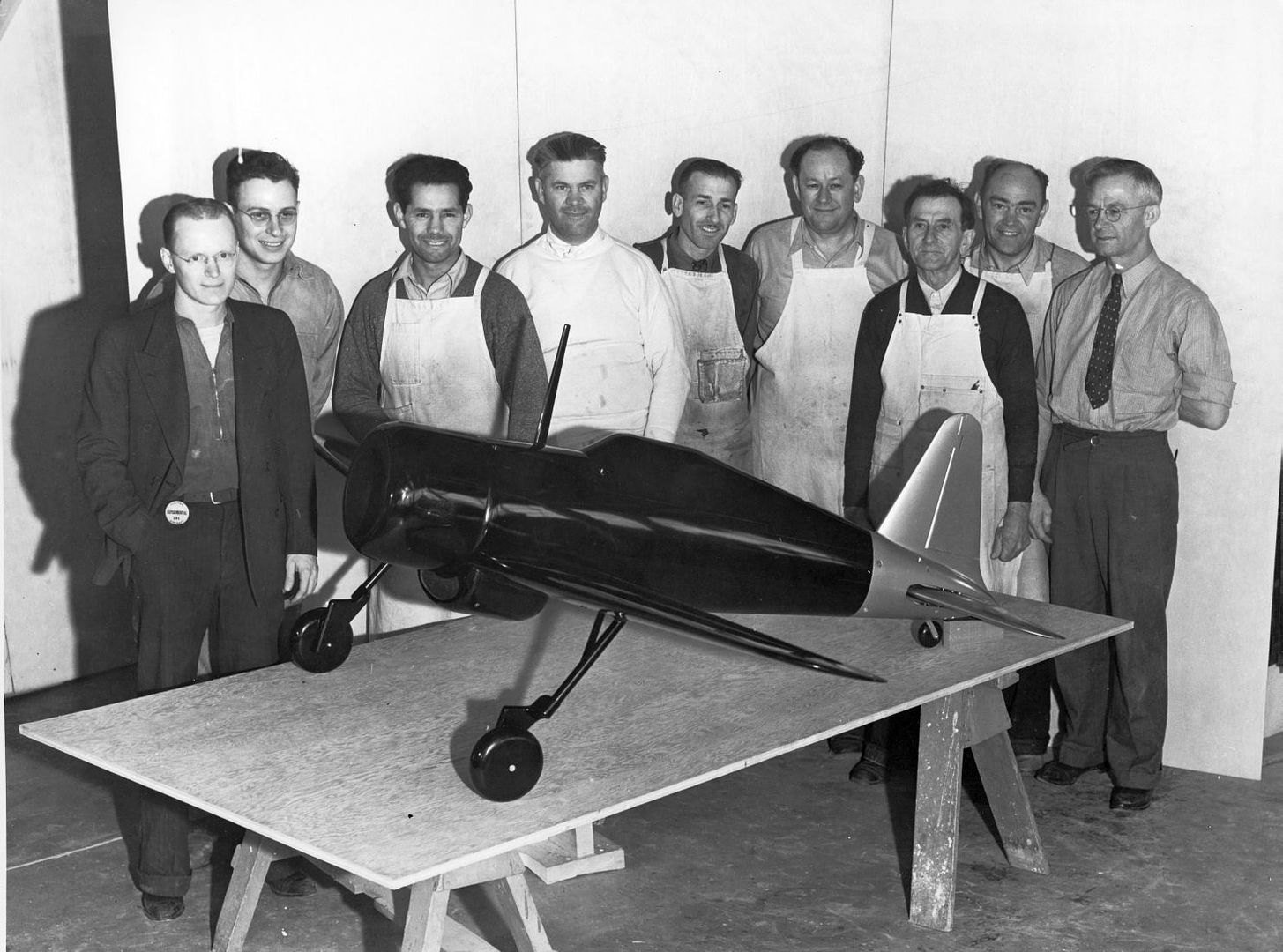
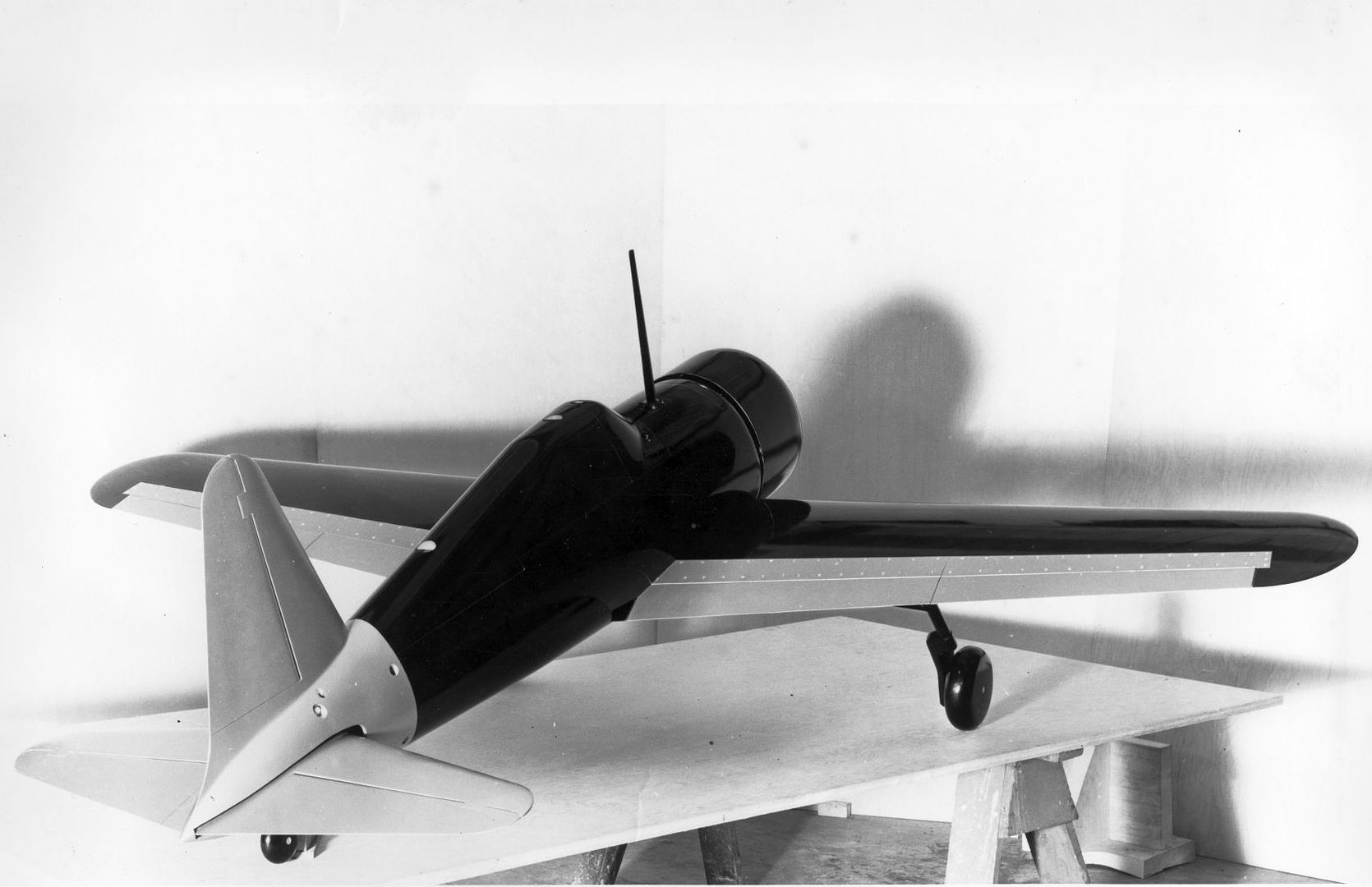
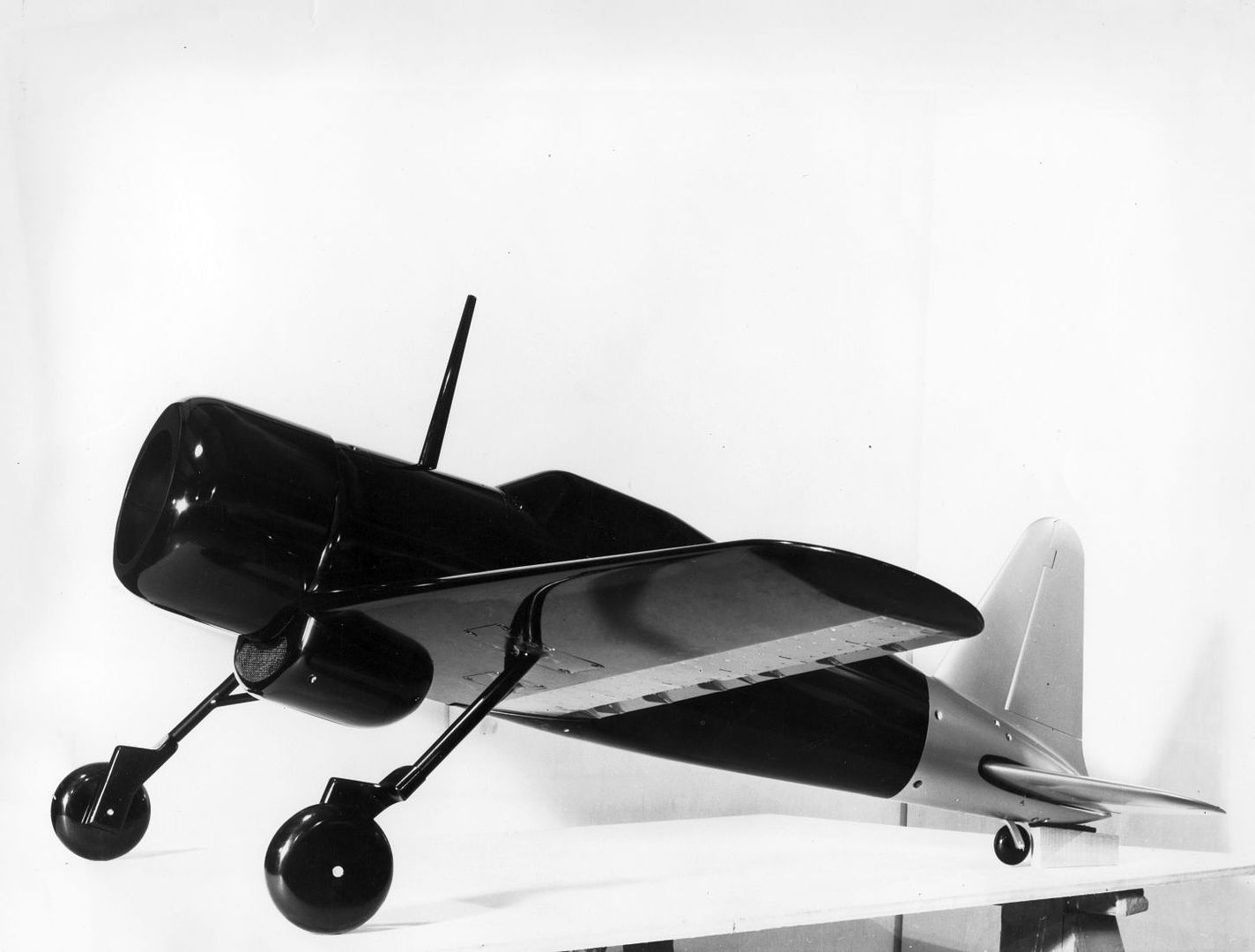
The P-48 aircraft was to have been powered by a Pratt & Whitney R-1830-S4C4-G air-cooled radial engine rated at 1200 hp for takeoff and 900 hp at 15,400 feet. According to the initial plan, the engine was to be enclosed in an orthodox cowling similar to that fitted to the Curtiss P-36. However, during construction it was decided to switch to an unorthodox long and pointed cowling on order to reduce aerodynamic drag. In order to accommodate the long and pointed cowling, the engine was fitted with a lengthened drive shaft. Engine cooling was provided by a retractable air intake fitted beneath the nose immediately behind the propeller spinner. The nose of the P-48 looked a lot like the nose of the abortive Curtiss XP-42.
The Model P-48 was given the civil designation NX21755, and was flown for the first time in September of 1939 by test pilot Vance Breese. The name *Vanguard* was chosen. Unfortunately, the Model P-48 ran into the same sort of engine cooling problems that bedeviled the Curtiss XP-42. After a few flights with the initial cowling configuration, the variable air intake underneath the nose was fixed in the open position and another scoop was added above the cowling. At the same time, the rudder area was increased. Only limited flight testing had been completed when, on May 9, 1940, the Model P-48 Vanguard was damaged in a mid-air collision with Paul Mantz's Lockheed Sirius during a landing at Vultee Field. The impact severed one of the undercarriage legs, but test pilot Vance Breese succeeding in landing the Vanguard with little additional damage.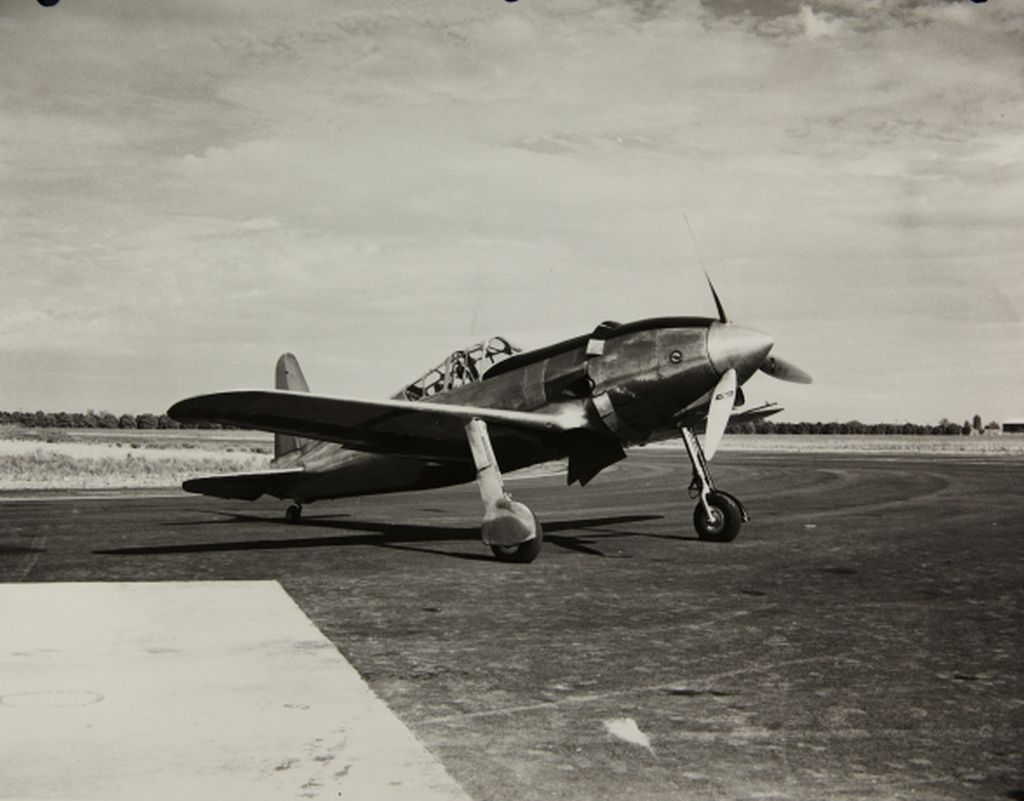
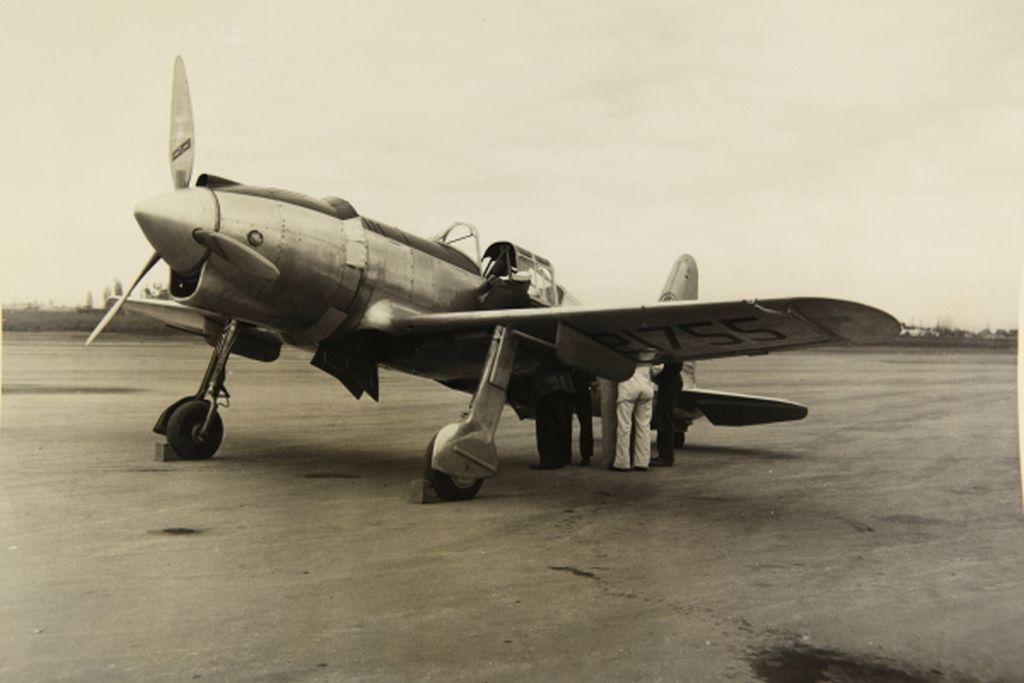
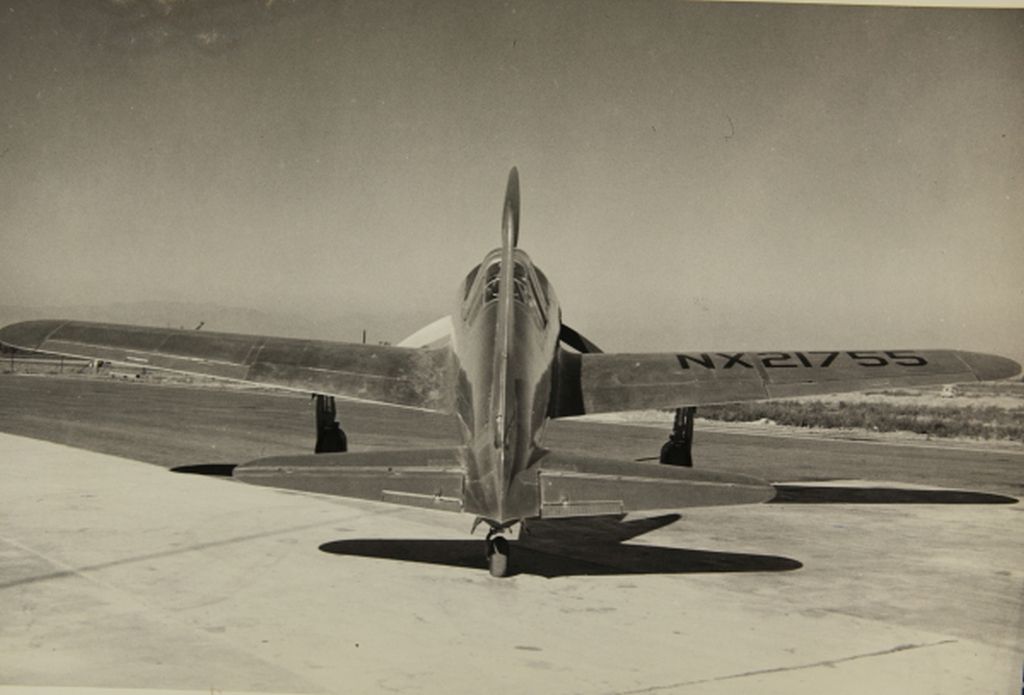
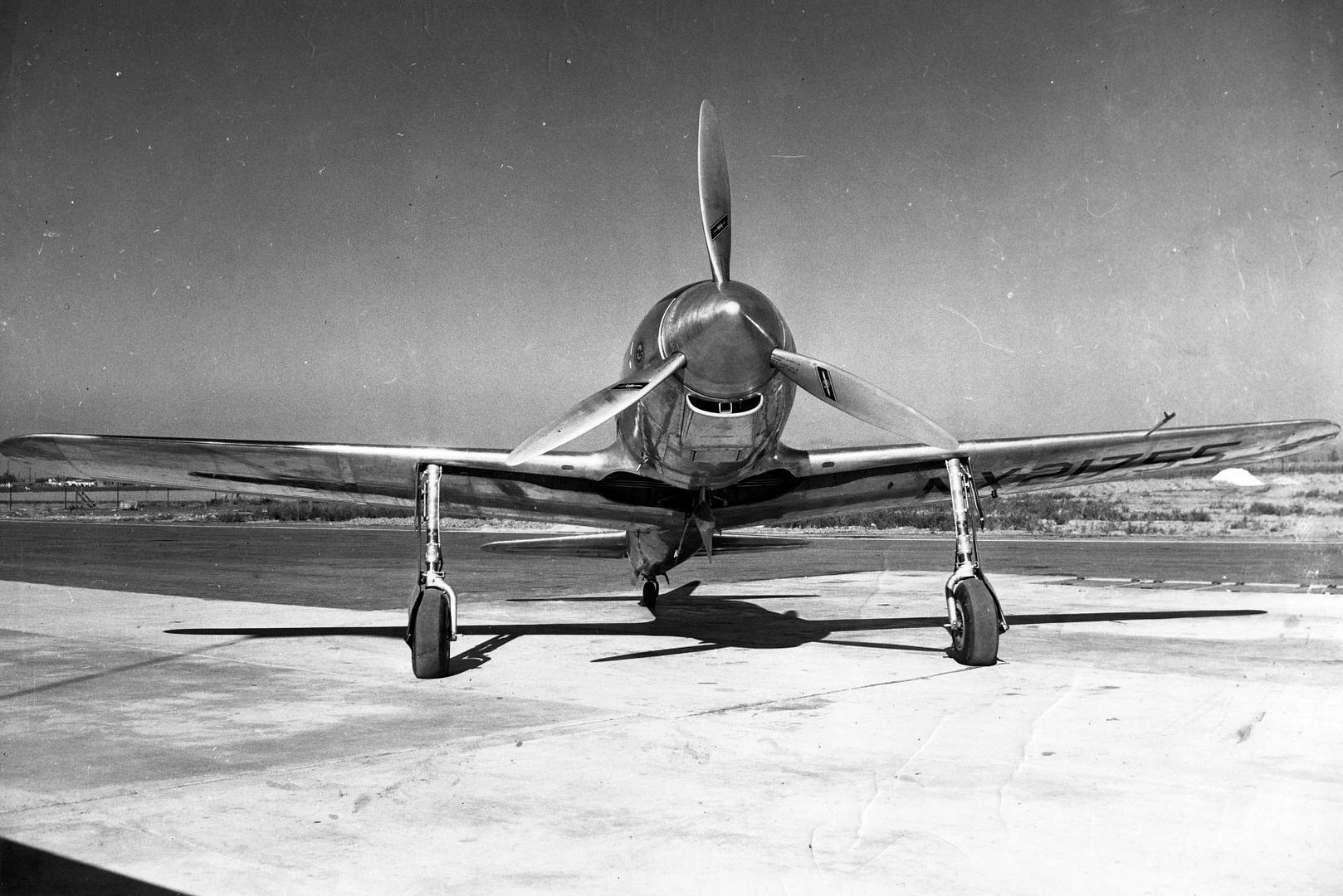

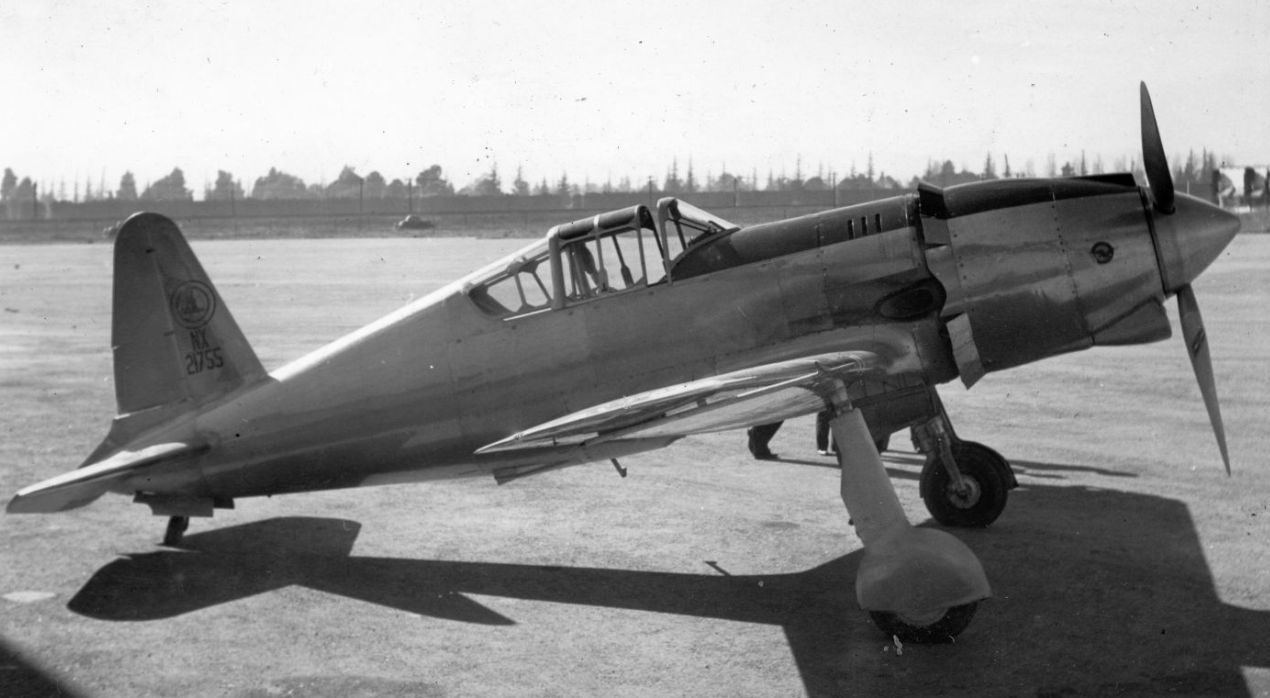
The production version of the Model P-48 was to have been designated Model 61, but by the time of the P-48's landing accident it had already been decided to give up on the pointed-nose for the Vanguard, since the drag reduction that it provided was insufficient to justify the increased weight and the cooling problems that it caused. Consequently, the second prototype Vanguard, the Model 48X (NX19999), reverted to the orthodox radial engine cowling that had originally been planned. The Model 48X made its first flight on February 11, 1940. The second prototype also differed from the first in having a compound wing dihedral with a break in the middle.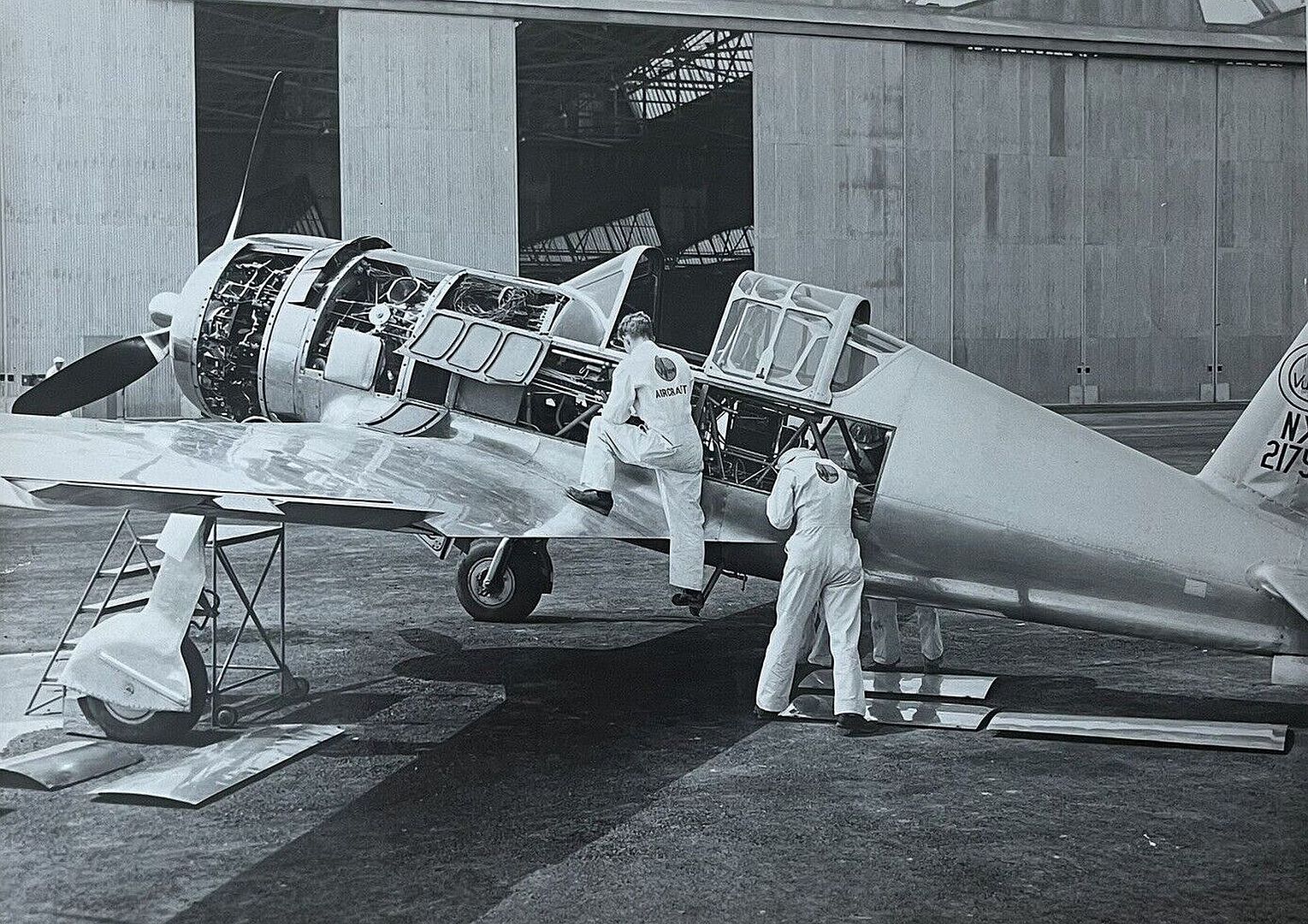
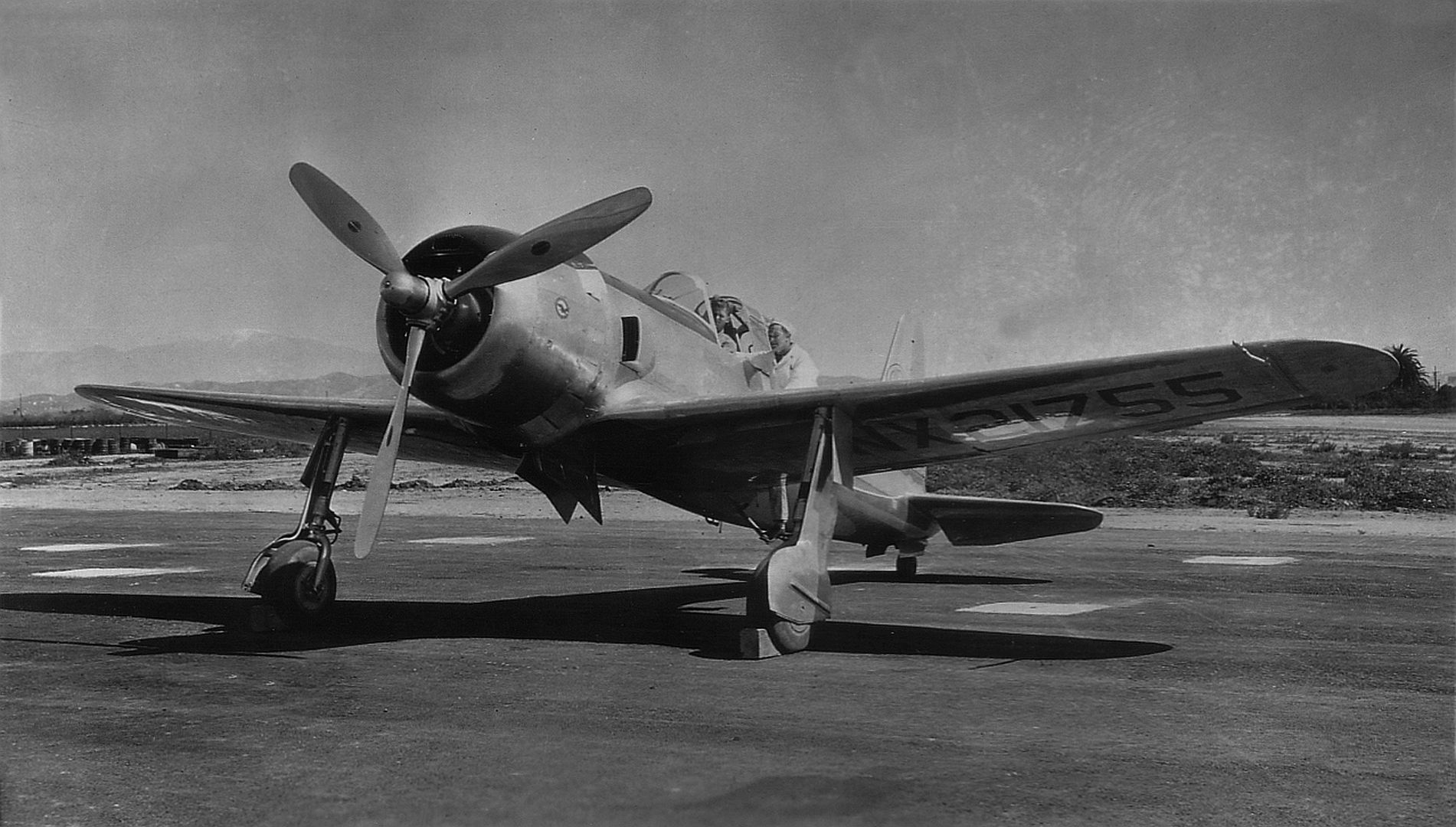

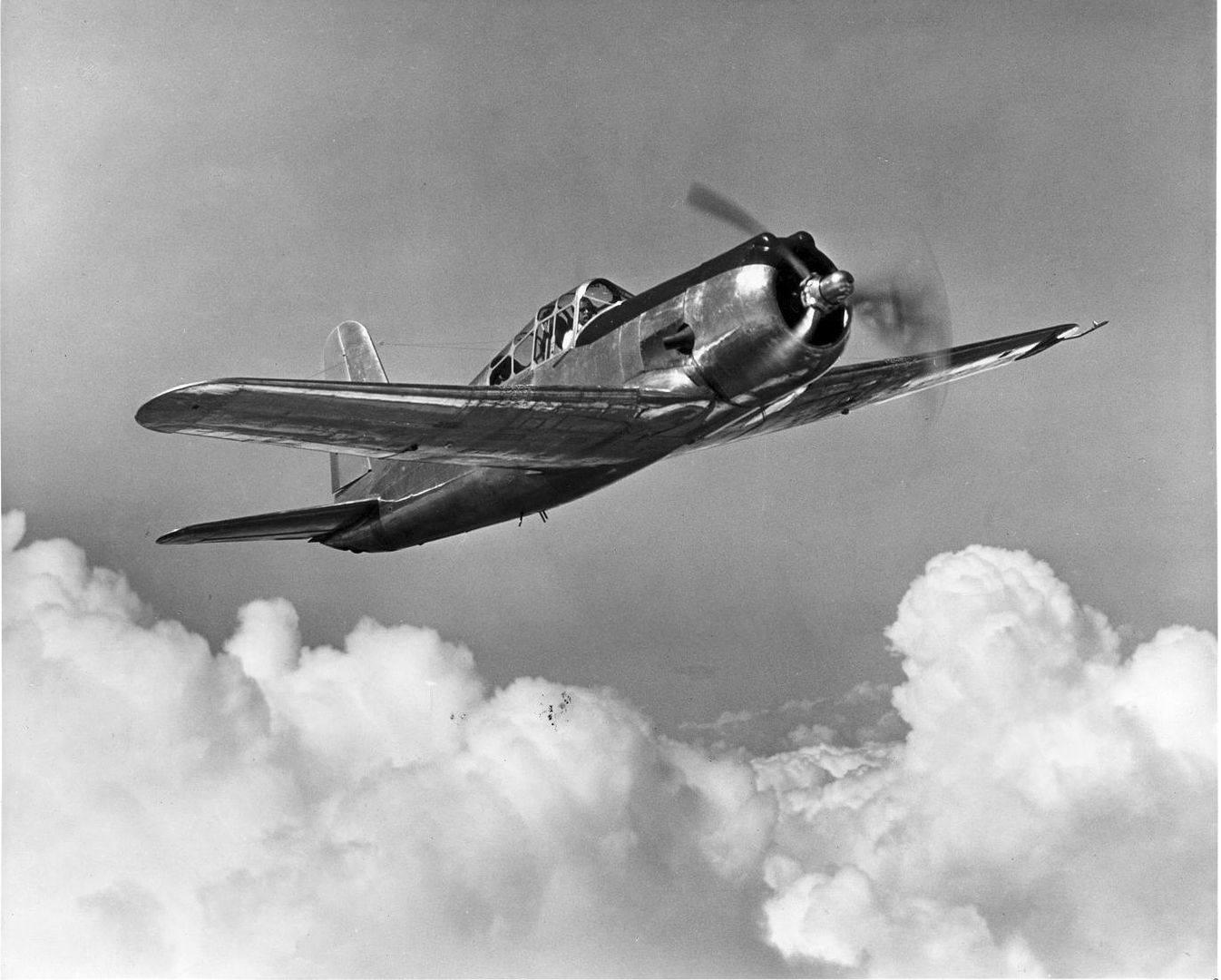
The damaged first prototype was rebuilt with the originally-planned orthodox radial cowling, a modified main undercarriage, and a rearward-retracting tailwheel. Provisions were made for twin guns in the upper fuselage decking and two wing guns.
Some instability was encountered by the Model 48X during flight testing, and substantial increases were made in the areas of both the vertical and the horizontal tail surfaces. The maximum speed was 358 mph at 15,600 feet. Initial climb rate was 3300 feet per minute. Service ceiling was 34,300 feet, and normal range was 738 miles. Weights were 4657 pounds empty and 6029 pounds gross. Dimensions were wingspan 36 feet 0 inches, length 29 feet 2 inches, height 9 feet 5 inches, wing area 197 square feet.
On February 6, 1940, Vultee received an order from Sweden for 144 Vanguards, the production version being given the company designation Model 48C. The Flygvapen designation for the aircraft was J10. The first production prototype bore the civilian serial number NX28300 and flew for the first time on September 6, 1940. It was essentially similar to the Model 48X, but had an R-1830-S3C4-G (R-1830-33) engine rated at 1200 hp for takeoff and 1050 hp at 13,100 feet. Armament consisted of four 0.30-in machine guns in the wings and two 0.50-in machine guns in the fuselage. The military equipment added to the Model 48C caused the weight to go up-- weights were 5237 pounds empty, 7100 pounds gross, and 7384 pounds maximum. The extra weight caused the performance of the Model 48C to degrade in comparison with that of the Model 48X. The maximum speed was 340 mph at 15,100 feet. Initial climb rate was 2520 feet per minute, and an altitude of 19,680 feet could be attained in 9.2 minutes. Service ceiling was 28,200 feet, and normal range was 850 miles. Weights were 4657 pounds empty and 6029 pounds gross. Dimensions were wingspan 36 feet 0 inches, length 28 feet 4 inches, height 9 feet 5 inches, wing area 197 square feet.
Before any production aircraft could be delivered to their Swedish customer, the US government placed an embargo on the export of military aircraft to Sweden, fearing that they might fall into Axis hands. Although the British had earlier rejected the Vultee fighter for their own use, they agreed to take over 100 of these aircraft under Lend-Lease as Vanguard Is. RAF serials BW208 through BW307 were assigned to these aircraft. The Vanguard I was considered as being unsuitable for combat use by the RAF, but it was considered appropriate for advanced training use by units based in Canada.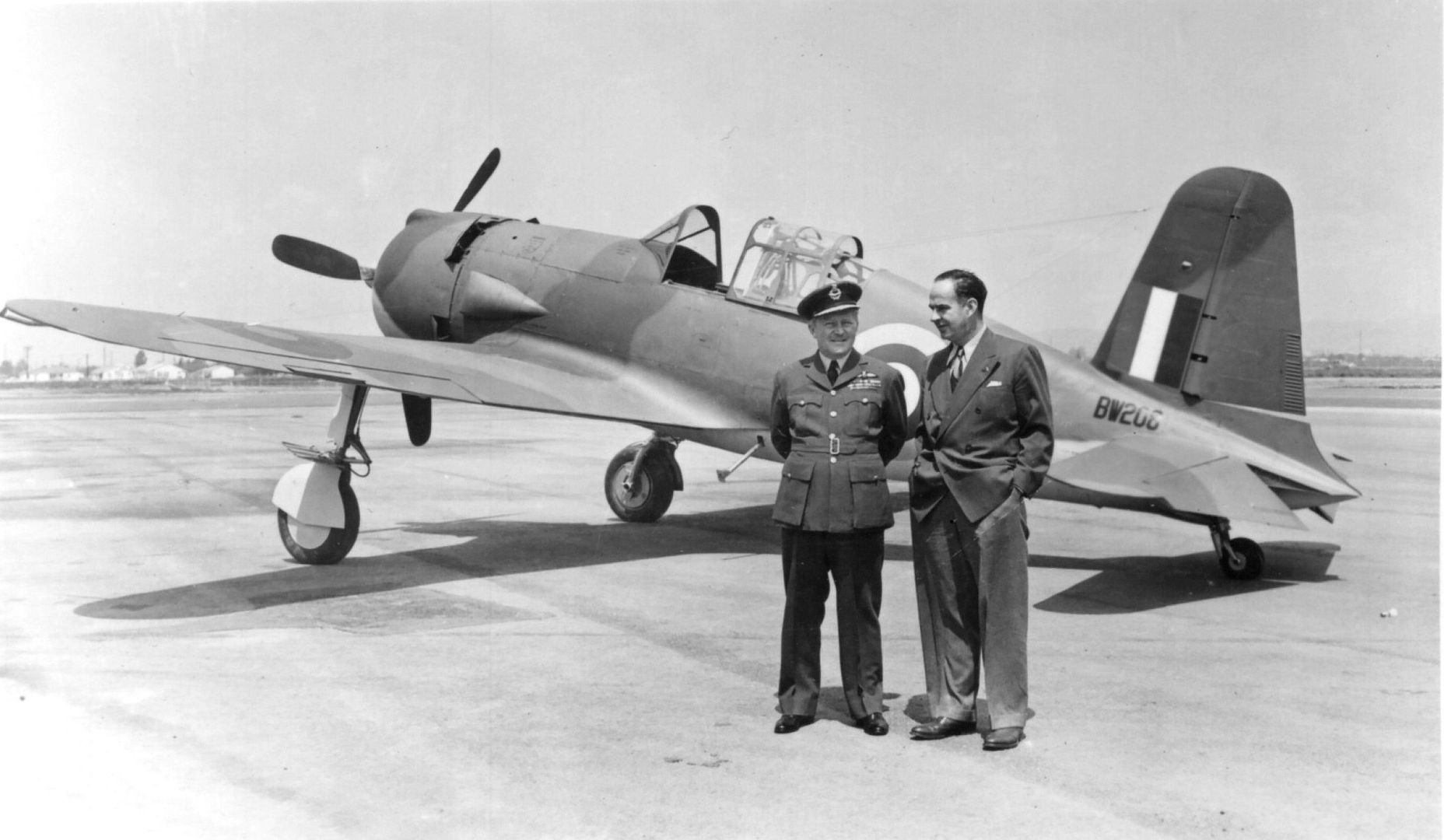
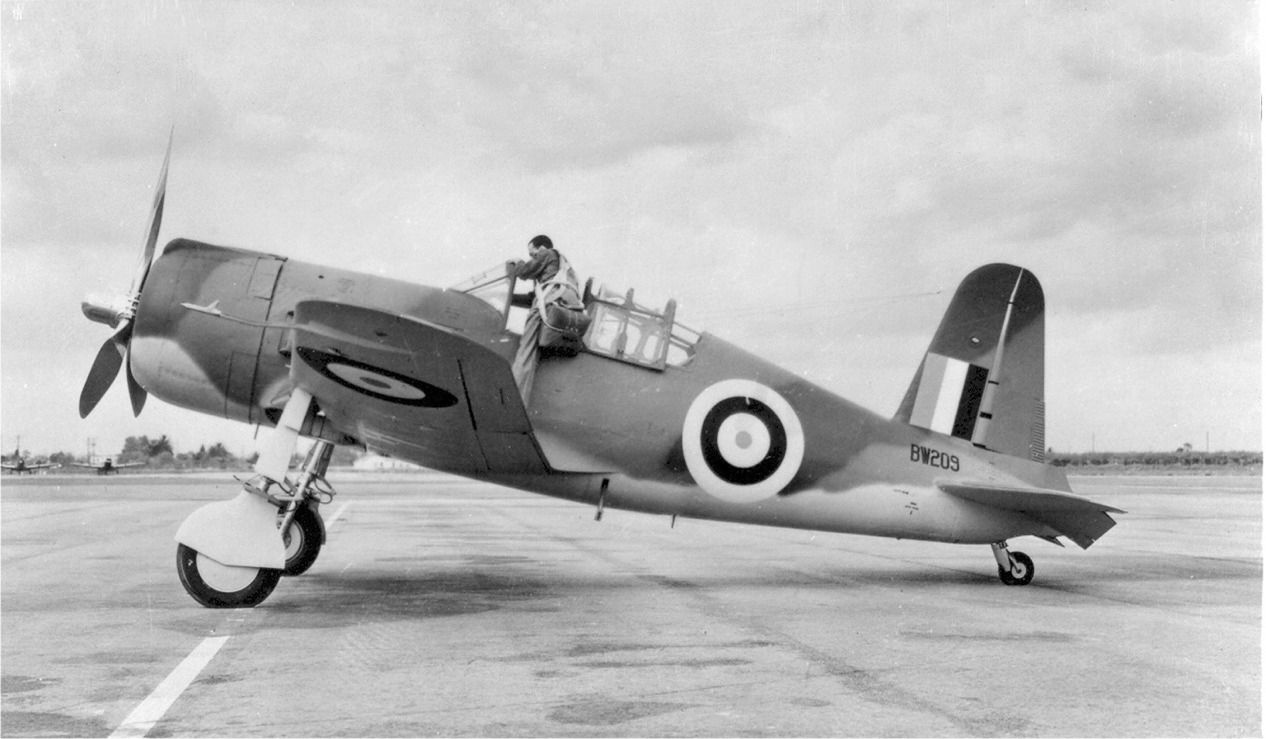
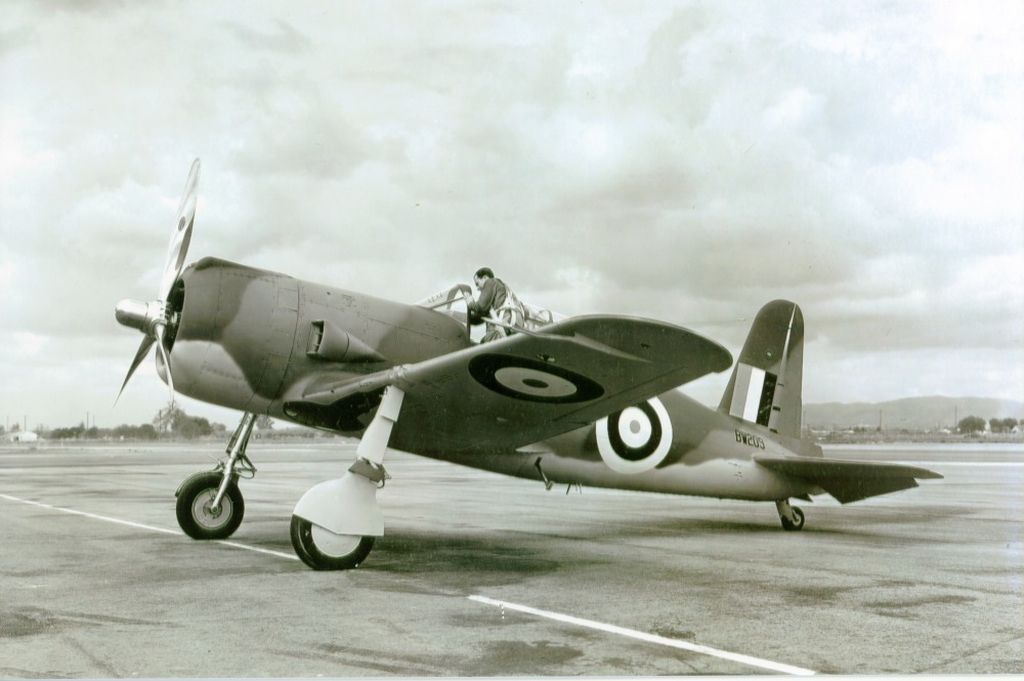
In early 1941, Chiang Kai-Shek's Nationalist Chinese forces were being hard-pressed by Japanese air attacks, and were in desperate need of more combat aircraft. So dire was their need that they were willing to accept just about anything that had wings. On May 19, 1941, the British government agreed to release its Vanguards for supply to Chiang Kai-Shek's Nationalist Chinese forces. The 144 Vanguards were given the USAAC designation P-66 and were assigned the serial numbers 42-6832 thru 42-6975.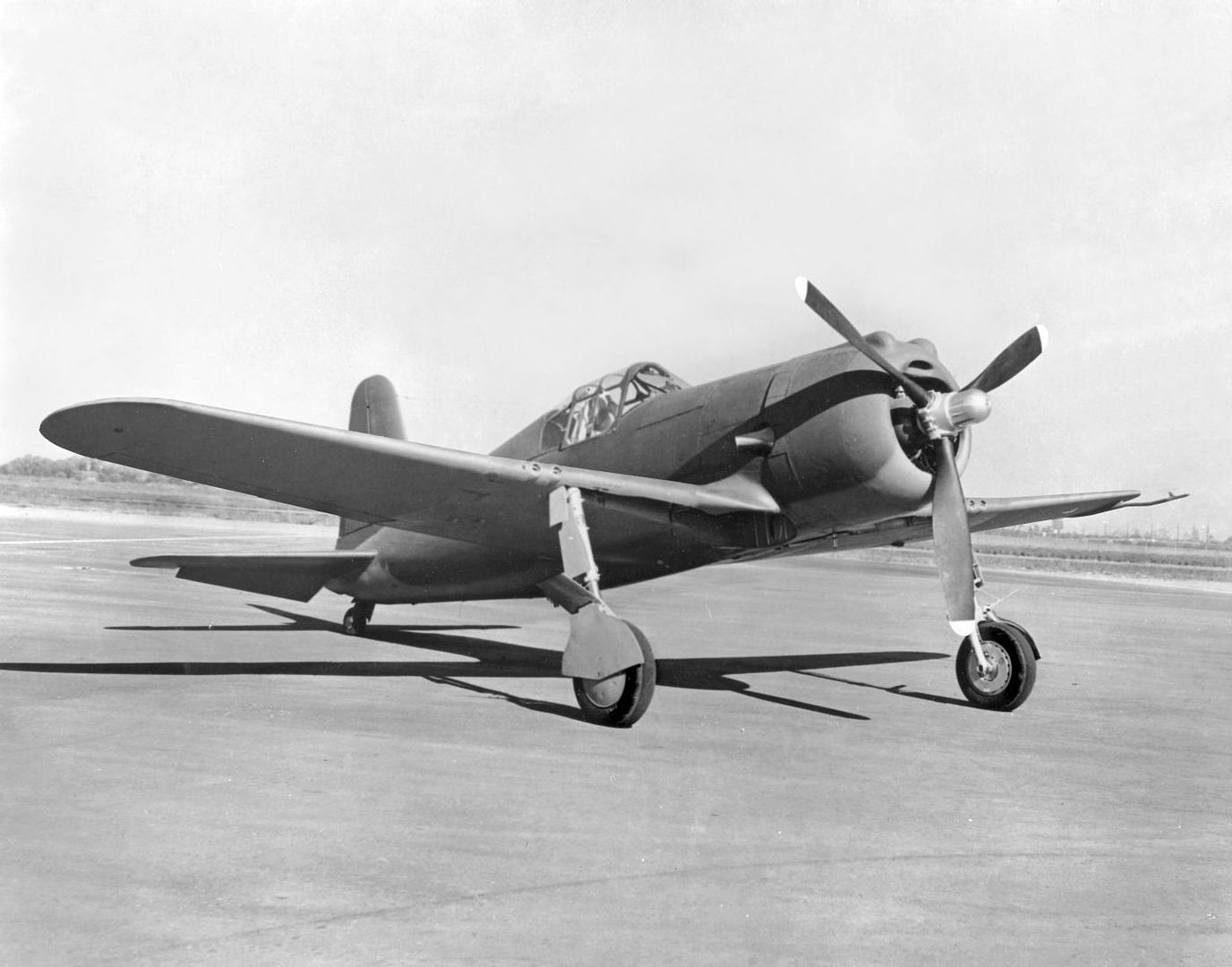
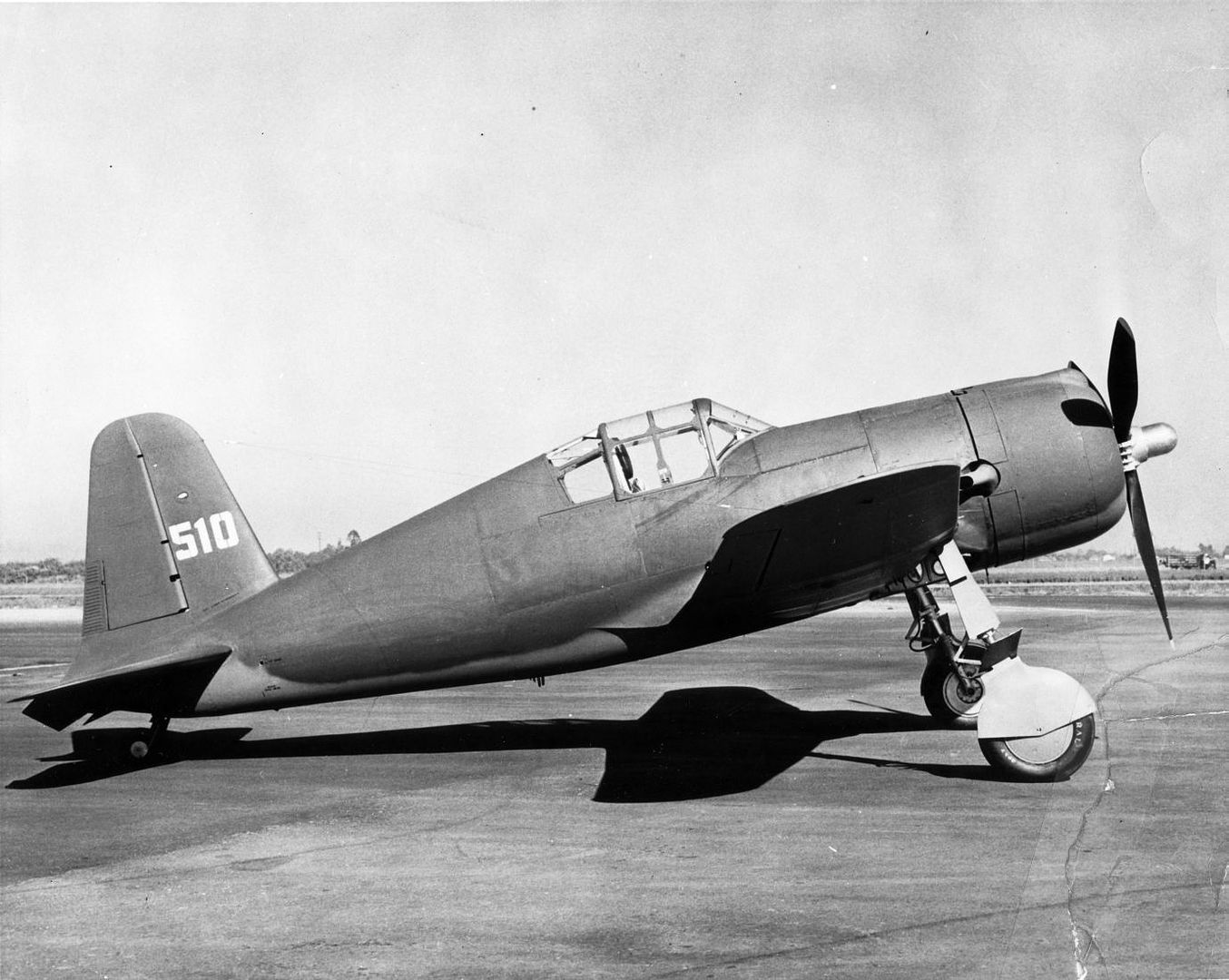
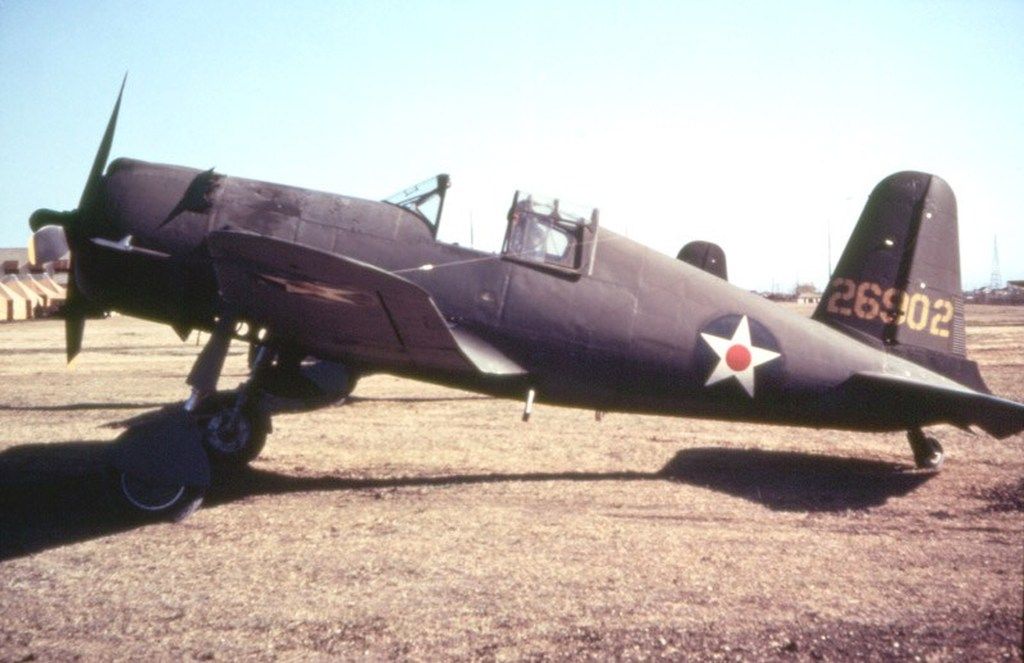
Following the attack on Pearl Harbor on December 7, 1941, there was complete panic on the west coast of the USA. The Japanese fleet was expected to show up off Santa Barbara at any moment. In anticipation of a Japanese attack, some forty to fifty P-66s originally intended for China were hastily impressed into USAAC service and issued to the 14th Pursuit Group for use in the emergency defense of southern California. The pilots of the 14th Pursuit Group actually liked their P-66s, and they described the P-66 as being a very good aerobatic aircraft. Test pilot Gil Clark thought that it was the best aircraft he had ever flown, being much better than the Curtiss P-36. However, the cockpit layout was rather poor, and the aircraft was not sufficiently robust for a fighter. In addition the P-66 had an disconcerting tendency to ground-loop, some 15 examples being lost to this sort of accident.
Eventually, the US west coast was regarded as being sufficiently secure that the Vanguards were eventually released from USAAC service and allowed to be transferred to China. The first shipment of P-66s left for China in February of 1942, the last aircraft being delivered by August. They went first to Karachi (at that time in India) where they were assembled, tested, and ferried to China.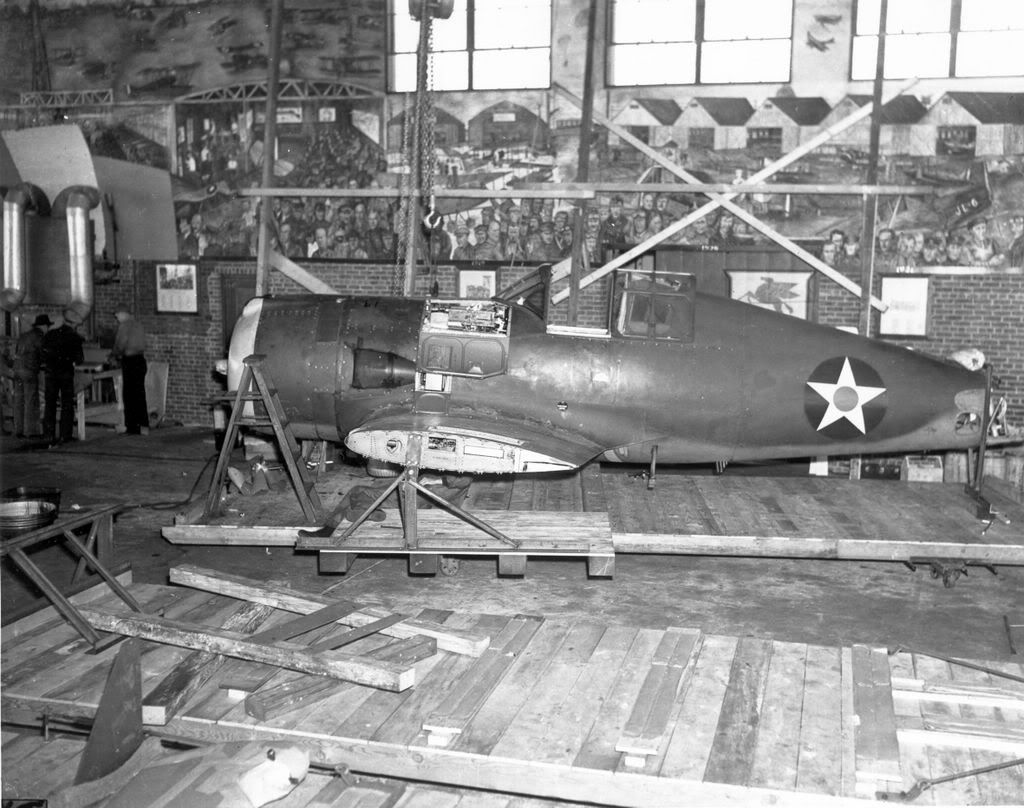
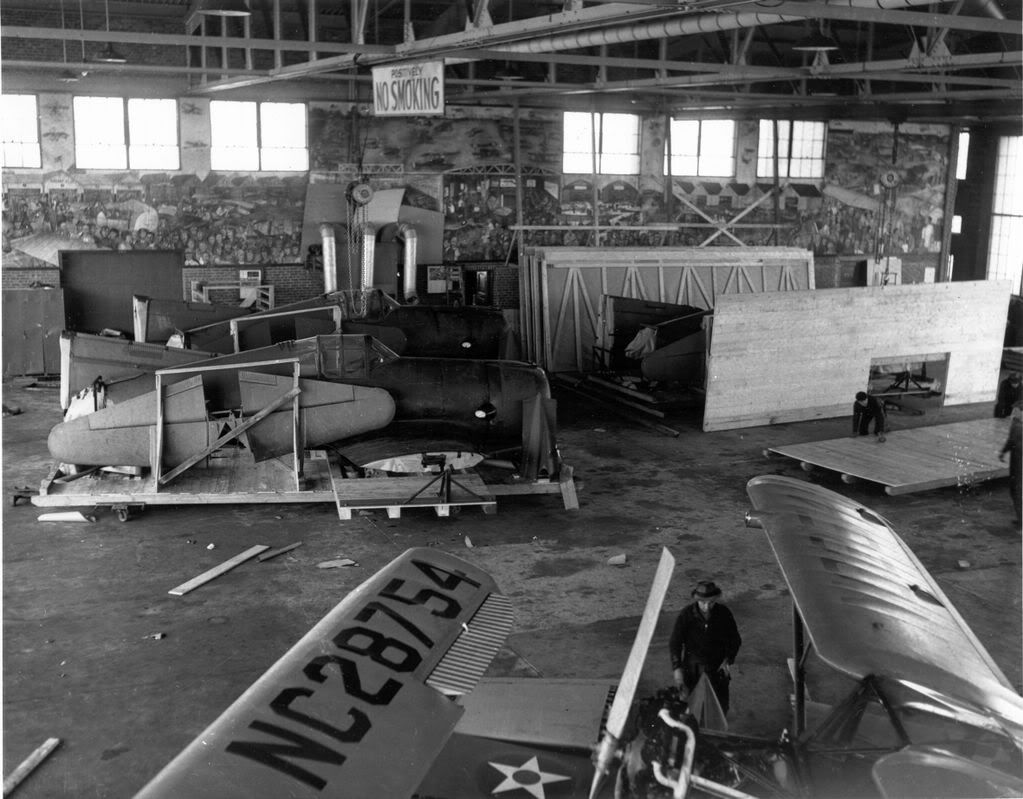


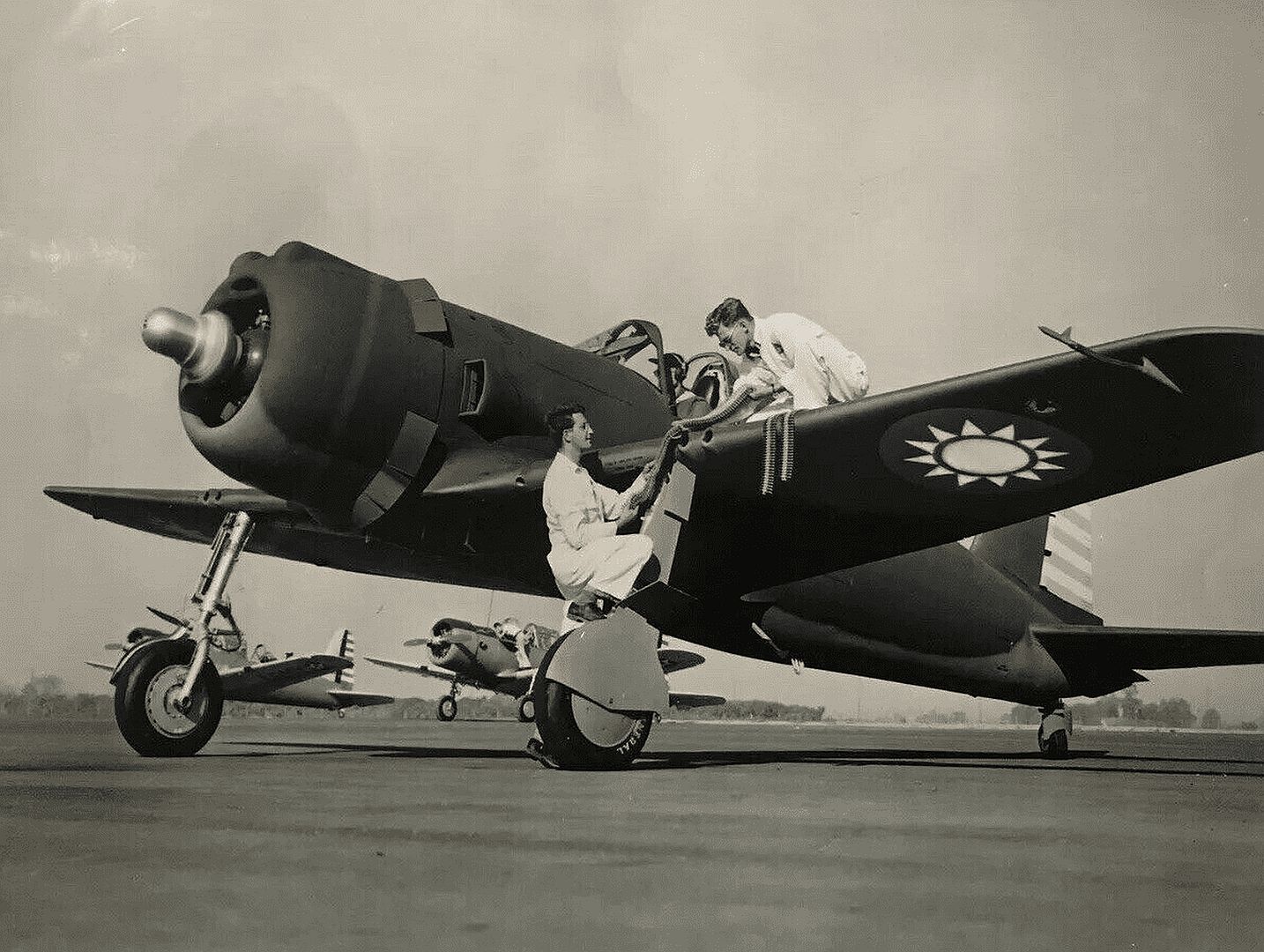
The combat record of the Vanguard in China is rather undistinguished. The actual number of Vanguards which actually reached China is uncertain. Several were lost during tests in India and others were lost while enroute to China. Others remained unairworthy at Karachi. About twelve Vanguards were on station at Kunming with the 7th Fighter Squadron of the 23rd Fighter Group, but they saw little use. Two Chinese squadrons based at An-Su saw combat action with the Vanguard from August 1943 onward. Many Vanguards were destroyed on the ground during Japanese attacks. The Vanguard had an unfortunate resemblance to the Japanese Nakajima Ki-43 *Oscar* and Nakajima Ki-44 *Tojo*, and several Vanguards were shot down by Chinese forces by mistake.
Some Vanguards were placed in caves for storage at Chungking for use in the upcoming civil war against Mao's Communists. Many were reported still in their crates as late as 1947.
General characteristics
Crew: 1
Length: 28 ft 5 in (8.66 m)
Wingspan: 35 ft 10 in (10.92 m)
Wing area: 196.8 sq ft (18.28 m2)
Empty weight: 5,237 lb (2,375 kg)
Gross weight: 7,100 lb (3,221 kg)
Max takeoff weight: 7,384 lb (3,349 kg)
Powerplant: 1 ? Pratt & Whittney R-1830-33 14 Cyl twin row radial, 1,200 hp (890 kW)
Propellers: 3-bladed Hamilton Standard hydromatic
Performance
Maximum speed: 295 kn; 547 km/h (340 mph) @ 15,000 ft
Cruise speed: 252 kn; 467 km/h (290 mph) @ 17,000 ft
Stall speed: 71 kn; 132 km/h (82 mph)
Service ceiling: 28,200 ft (8,600 m)
Rate of climb: 2,520 ft/min (12.8 m/s)
Armament
Guns: 4 ? .30 in (7.62 mm) machine guns; 2 ? .50 in (12.7 mm) machine guns
Post a reply
- Go to Previous topic
- Go to Next topic
- Go to Welcome
- Go to Introduce Yourself
- Go to General Discussion
- Go to Screenshots, Images and Videos
- Go to Off topic
- Go to Works in Progress
- Go to Skinning Tips / Tutorials
- Go to Skin Requests
- Go to IJAAF Library
- Go to Luftwaffe Library
- Go to RAF Library
- Go to USAAF / USN Library
- Go to Misc Library
- Go to The Ops Room
- Go to Made in Germany
- Go to Campaigns and Missions
- Go to Works in Progress
- Go to Juri's Air-Raid Shelter
- Go to Campaigns and Missions
- Go to Works in Progress
- Go to Skinpacks
- Go to External Projects Discussion
- Go to Books & Resources
